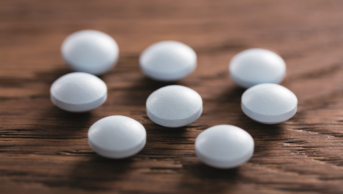Paracetamol has a blunting effect on emotions, according to research reported in Psychological Science
[1]
.
“Rather than just being a pain reliever, paracetamol can be seen as an all-purpose emotion reliever,” says lead author Geoffrey Durso, from The Ohio State University.
The researchers’ interest in the emotional impact of paracetamol use was spurred by recent reports that the drug blunts reactivity to a range of negative stimuli beyond bodily aches and pains. “Accumulating research has shown that individuals’ reactivity to both negative and positive stimuli can be influenced by a single factor,” they explain.
In a two-part study, 82 college students were given 1,000mg paracetamol or placebo before being shown 40 photographs from the International Affective Picture System. The images ranged from extremely unpleasant to extremely pleasant.
After viewing each image, participants were asked to rate how positive or negative each photo was and how emotional they felt when viewing it.
In a second study, 85 students repeated these tests and were also asked to estimate how much blue colour was in each photo, to see whether paracetamol affected their broader, non-emotional judgments.
Responses to neutral photographs and judgments of blue colour content were similar in all participants, irrespective of whether they had taken paracetamol or not, report the researchers.
By contrast, ratings and emotional responses to both unpleasant and pleasant images were significantly blunted in people who had taken paracetamol compared with placebo.
The researchers say they plan to investigate whether other analgesics, including those with anti-inflammatory effects, have the same effect on emotions.


